The Back Story: Part 11 – Kevin Burns
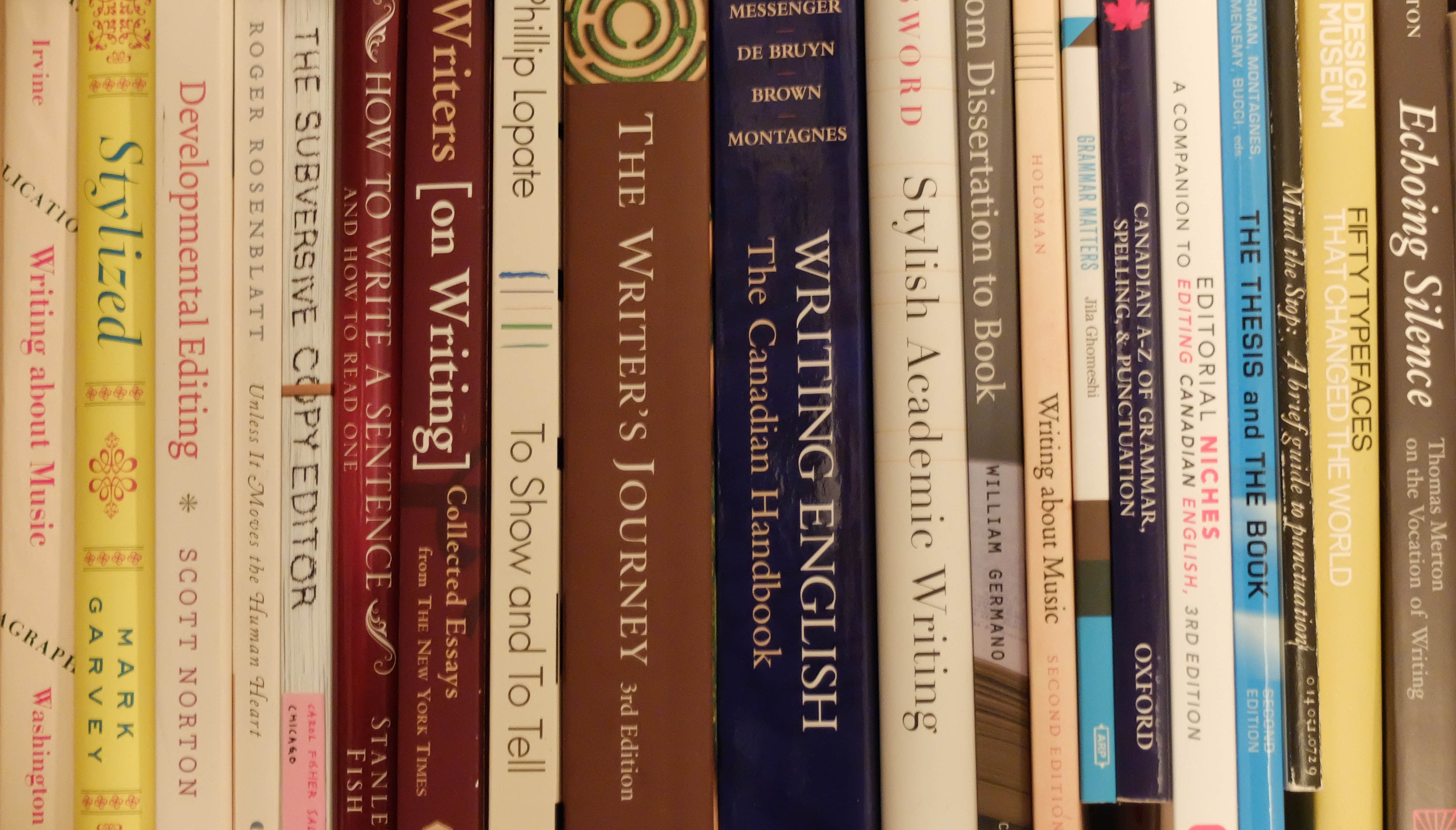
This is the final Back Story, a series about some of the regular contributors to igNation. In it, ten contributors to igNation talked about their influences, how they go about writing, and what they hoped their work for igNation will accomplish.
Today, it’s an interview by and with the person who assembled the series: Kevin Burns.
- KB: You’ve been speaking to ten contributors to igNation about writing. Tell me, Kevin, what did you learn?
KB: Well, Kevin, let me start with the word “precariat.” Read any article anywhere these days and that word keeps popping up. Typically, it refers to those additional “side-hustles” as people combine multiples gigs and contracts to get by.
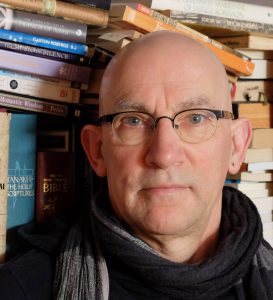
Kevin Burns
When I look at the changing landscape of writing and publishing in Canada in general and about religion and spirituality in particular I see an endeavour that is more precarious than ever.
Despite that, from the writers I interviewed I learned about their enthusiasm, their commitment, and their unwavering dedication to this kind of work. Each of them told me how fortunate they felt to have an outlet such as igNation.
- I know you’ll have more to say on that but let’s turn now to some of the questions you asked everyone in this series. What about the first time you ever saw a work of yours in print?
KB: I was 14 and attending a Catholic high school in North Wales. Our English teacher, Ron Grindley, suggested that the school should have its own literary publication. I volunteered to help and learned from a tender age that making art and producing and distributing it are inseparably linked.
I’ve had proverbial ink on my fingers ever since, working on both sides of writing and publishing as well as broadcasting, and in print and online.
I remember feeling both nervous and delighted when I saw that first (probably cringingly awful) poem as I turned the handle of the Gestetner. (“The what?” you ask. Look it up!) I suspected my fellow students would laugh cruelly, but I also realized that they would have to read it first in order to find something perceptively mean to say about it.
- KB: Rather than explore the psychological nuances of that evocation of troubled adolescent relationships, let’s move on. Many of the writers you spoke to said they had special rituals when they write, what about you?

Source: theoddysseyonline.com
KB: Just silence. I love music of all kinds: from the dark genius of Keith Jarrett to the always surprising Handel, from the shivering introspective of the recently departed Johann Johannsson to the definitely-still-with-us and deeply spiritual Peter Togni.
I cannot listen to music as I write. Like a fierce tide, music always pulls me toward dangerous undercurrents which is why I use silence to remain firmly on the solid ground of whatever it is I happen to be working on at the time.
But, when it comes to pen-in-hand writing, I must use my ancient and heavy Rotring fountain pen, and I always prepare a “special” 3-ring binder for each project, even though many things I work on today exist exclusively within a digital universe. For those, I use virtual notebooks in the form of a separate thumb-drive for each one.
- KB: What was it like listening to people tell you about the writers who influenced them?
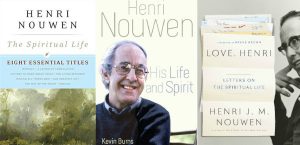
Source: publishersweekly.com
KB: Delightfully surprising. There would always be a tense moment of: “Oh no! I have to choose! I don’t want to! I might choose the wrong one!” What I learned was not so much a list of authors I could/should read, but about the deeply loyal connections that writers have with certain authors they read.
All ten participants spoke about writers (some of them long dead) and books (many of them still in print, yeah!!!) as we might talk about long-lost or intimate friends.
- Who’s in your list then?
KB: Although I have the collected works of Henri Nouwen right behind me as I type this, on the shelves on the other side of the desk are practically all the books, essays, journals, and letters that Thomas Merton ever published, as well as most of the works about him.
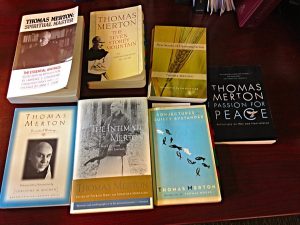 Without a doubt, discovering him almost forty years ago now – “quite by chance” as I often say, though “providentially” as others suggest – has influenced me more profoundly than any other writer I can name. Merton continues to push me toward nooks and crannies of ideas that beguile, confuse, and inspire me to keep on looking, deeper and harder.
Without a doubt, discovering him almost forty years ago now – “quite by chance” as I often say, though “providentially” as others suggest – has influenced me more profoundly than any other writer I can name. Merton continues to push me toward nooks and crannies of ideas that beguile, confuse, and inspire me to keep on looking, deeper and harder.
For readers of igNation, I think it’s fascinating to consider how the young Merton wrote about being intimidated by the Jesuits he met early in his journey toward Catholicism.
- KB: What books on are your bedside table right now?
KB: Something that is very new for me. I bought an e-reader recently, a device I have avoided for a long time. I discovered that I actually love the way I can set the font size, alignment, and line-spacing, making for a very different experience of reading.
I am strict about separating things I must read from the things I want to read. As you know, Kevin, you/I spend a lot of time researching and writing, leaving little room for other kinds of non-work reading and novels are often the first casualties.

Source: amazon.com
The books I have started to put on this device are non-work works, and there’s even fiction! First off, I seem to be in a translation phase. I’m reading (in English) a novel originally written in German by a Swiss author, Charles Lewinsky. Melnitz (2015) tells the story of a Jewish community in a small town in Switzerland from the 1880s to the 1930s.
It’s a great family saga, filled with Chekhovian regret, bad decisions, and relationships that don’t work out but might have. All the characters encounter increasing anti-Semitism. I’m learning Hebrew and Yiddish slang in every chapter.
Then there’s the first book I’ve ever read by an author from the Faroe Islands: Joanes Nielsen’s The Brahmadells (2011). Like Meltnitz, it’s a multi-generational saga about another kind of vulnerability and survival. Both are digital page turners.
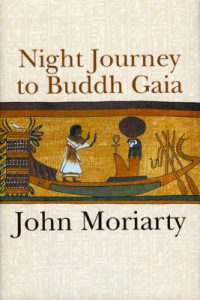
Source: liliput.com
Finally, there is the work of someone who began as a non-work choice but who is certainly going to cross over into a work project. My writing colleague, Michael W. Higgins encouraged me to look into the Irish mystic, poet, philosopher, and explorer of all things spiritual: John Moriarty (1938-2007).
That journey is underway, starting with his autobiographical Nostos (1996) which also details the impact of his 8-year interlude teaching at the University of Manitoba, and Dreamtime (2001) which takes him back to his native Ireland. Moriarty’s books are unlike anything I have ever read.
- Kevin, last chance: What did you REALLY learn from doing this Back Story series?
KB: If you insist. There is that “one big thing” that I learned, but you are going to have to click here to find out what it is.




No Comments